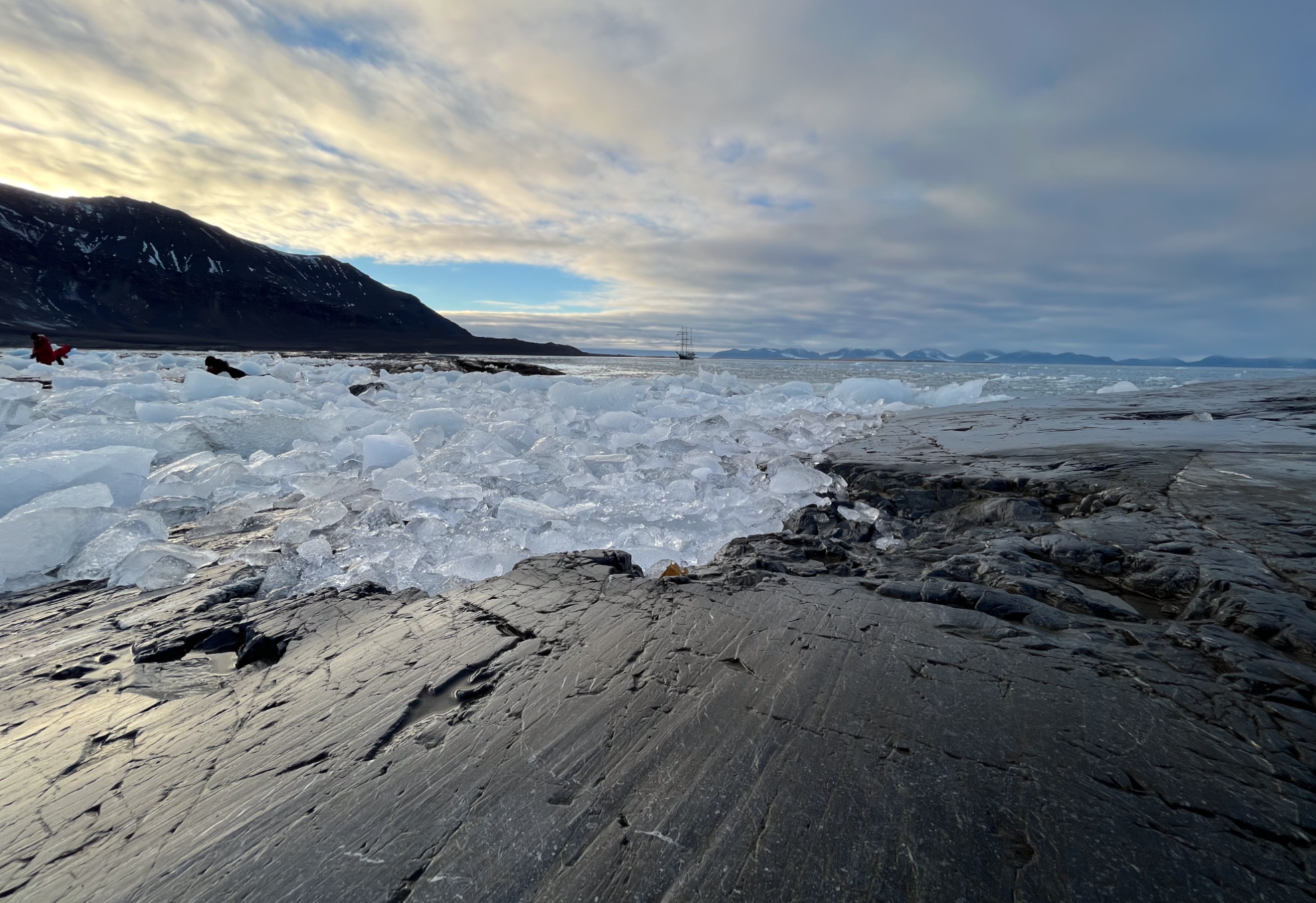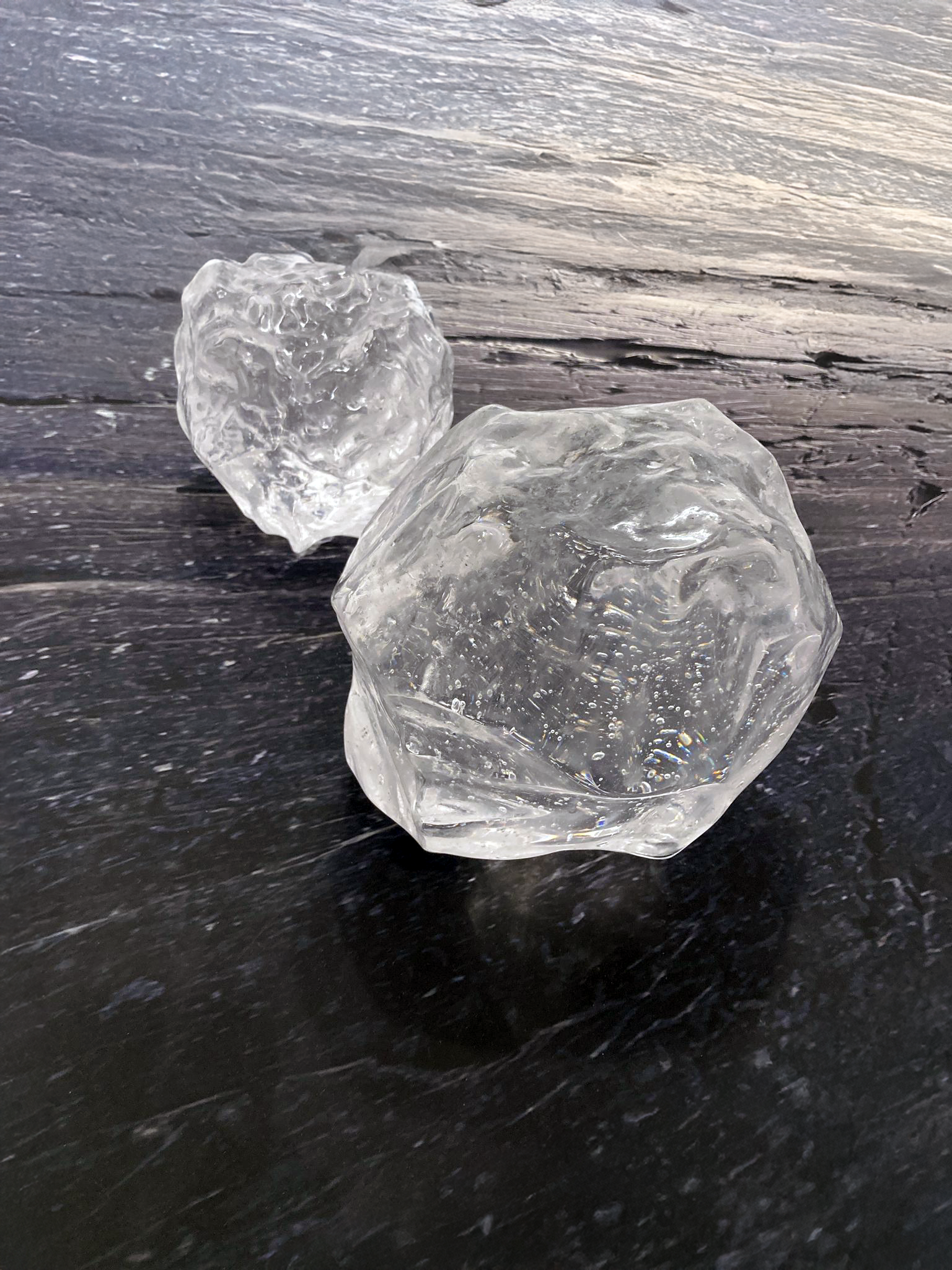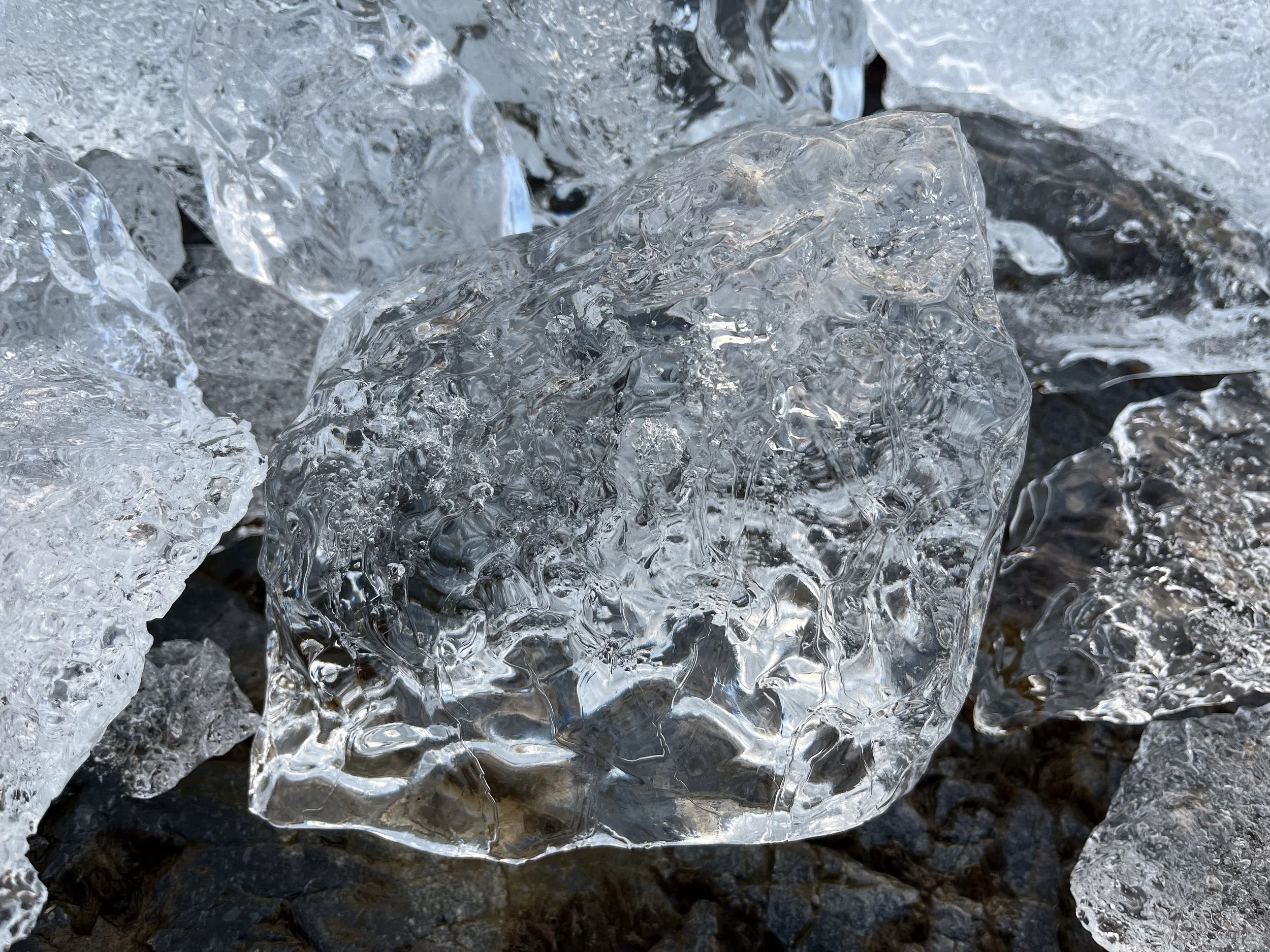On the Cold Edge: Creative Meditations on Svalbard
Over nearly three weeks in October 2022, I sailed around Svalbard on a tall ship with the expeditionary residency program The Arctic Circle. Svalbard is a High Arctic archipelago just 800 miles from the North Pole; it is known for its polar bear population, substantial glaciation, geological significance, and history of mining and whaling. Aboard the S/V Antigua, our expeditionary collective worked on creative projects during anchorages next to glaciers and shore landings on moraines, Arctic tundra, and cultural heritage sites.
Our expedition included writers and artists of many disciplines and media: sound, painting, sculpture, data, poetry, fiction, nonfiction, public art, calligraphy, dance, performance, and game design. Each of us is multidisciplinary in our practice, and our projects are interested in past, presence, and futurity—in resilience and regeneration—at a time and place of environmental extremity. In the years since the expedition, our collective has spent time musing on our time in Svalbard, trying to figure what we make of it.
The group’s collective meditations can be viewed in Regeneration: Environment, Art, Culture; Volume 2 • Issue 1 and 2 • 2024 • On the Cold Edge: Creative Meditations on Svalbard FORTHCOMING AUGUST-DECEMBER 2025
Stranded Ice
The forms in this series were inspired from our expedition's first landing on a small island at the foot of Dahlbreen, a very active glacier in Spitsbergen, Svalbard, Norway, where hundreds of crystal clear, sun and wind worn blocks of ice had been stranded atop the striated rock of our landing site.
Each piece in the series is a unique form.
Dahlbreen Bukta, Expedition Landing Site, October 2022.
Stranded Ice, Cast & Cold Sculpted Glass, Large Format Digital Photo Print.
Bergy Seltzer
Tiny air bubbles formed at many atmospheres of pressure are compressed deep within glacier ice. As the glacier melts, these ancient air pockets are released. The air trapped being released rom these specific glaciers dates from the end of the Late Pleistocene (12,000 yrs. before present) to the end of the Little Ice Age (c.1920 AD).




